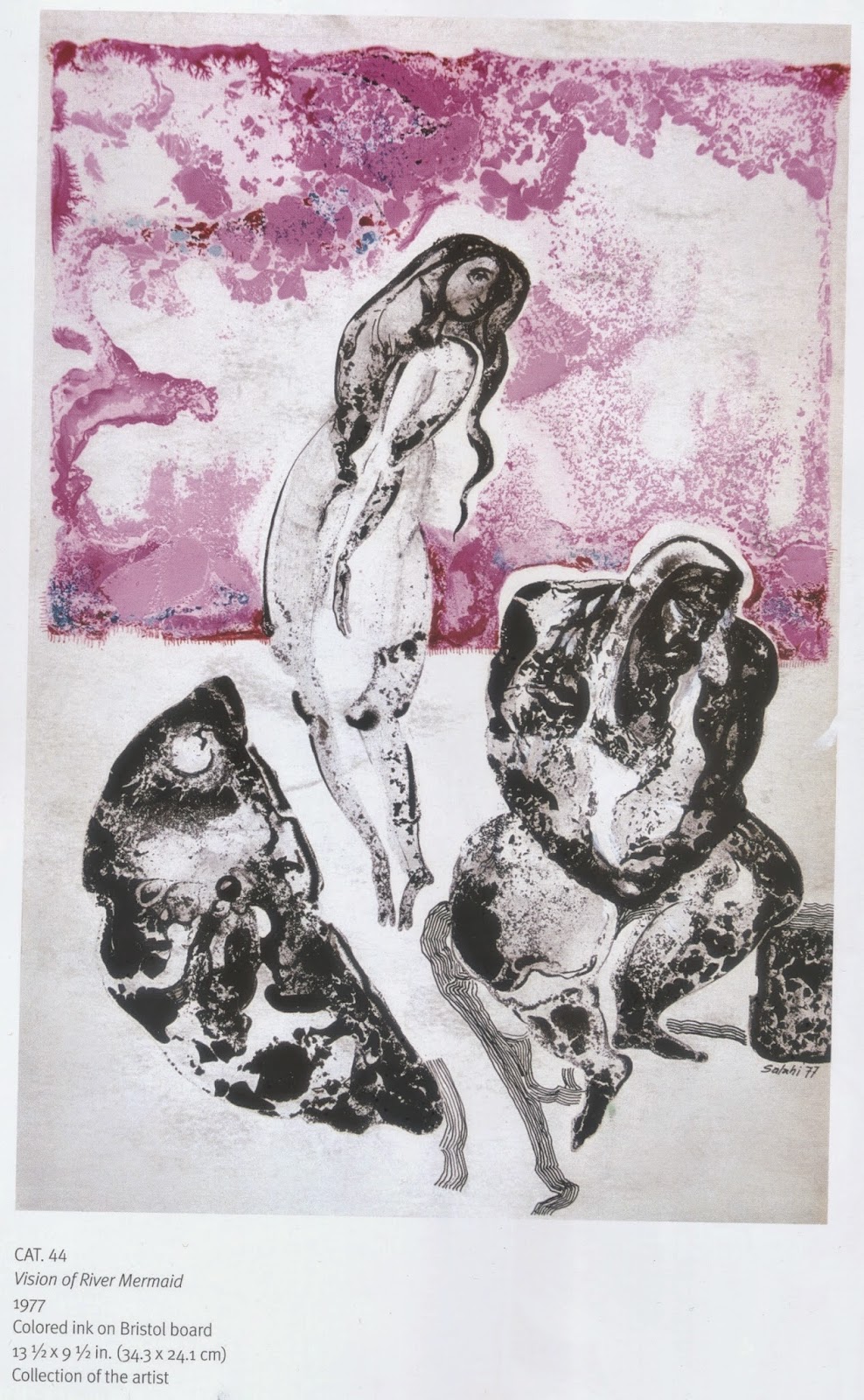Wool and the Gang is a cooperative knitwear company/ fashion movement. The garments are all knitted by hand, either by yourself (you buy the yarn and pattern) or by "the gang"; there is no large scale production and different designers collaborate on designs with them. I really like this approach to fashion, its very interactive and encourages people to get knitting and think about how their clothes are made.
(Giles X wool and the gang hats)
https://www.woolandthegang.com/our-story
In the Wool Shed produces hand dyed yarn from British wool, using natural dyes. Emma Price's workshop is based on the farm in Warwickshire where she runs workshops in spinning and natural dyeing. I visited her during the Warwickshire open studios and was really inspired by her work. The yarns have a lovely rich colour which changes subtly in different lights and each batch comes out a bit differently due to the unpredictable nature of the natural dyes. This process gives unique and interesting qualities that couldn't be achieved with conventional methods.
(fingerless gloves knitted in indigo dyed yarn from 'in the wool shed')
I also had a spinning workshop with her which has given me ideas for a whole other side of textiles to experiment with. I really enjoyed the experience of creating my own yarn and the possibilities of fibre and colour combinations are incredibly exciting.
(examples of my hand spinning)
http://www.inthewoolshed.com
Johan Ku. This Taiwanese designer uses a self developed yarn that glows in the dark!! I'm interested to find out more about his work, the innovative design and use of materials is really intriguing and is something I would love to explore myself.
https://www.youtube.com/watch?v=G-me652rGnU
Natsai Audrey is a designer I stumbled across whilst on the Inspirational Design blog (thanks Julie). I am particularly in awe of her "Faber Futures: The Fold" series, a collection of stunning silk scarves patterned by living bacteria. Natsai is another original thinking designer, and like her and Johan Ku I aspire to push the boudoirs with my work as to what can be achieved.
http://www.natsaiaudrey.co.uk/FABER-FUTURES-The-Fold
Shauna Richardson. I have become much more interested by large installations and community projects this summer, leaving me slightly torn as to what I want to be doing. I like the subversive nature of Richardson's work and The Lion Heart project is particularly remarkable and audacious, taking two years and 36 miles of wool to crochet. I didn't see them when they toured the country as part of the cultural olympiad but I wish I had.
On a similar note I have come across several "guerrilla" knitting installations this summer. I have no idea who they are by (I think thats the point) but I think they are quite inspiring. It would be new territory for me but I love the idea of creating something for everyone to see and using textiles to make a statement.
("yarn bombing" in Geneva)
(A knitted bicycle as part of Market Harborough Arts Fresco)






















































